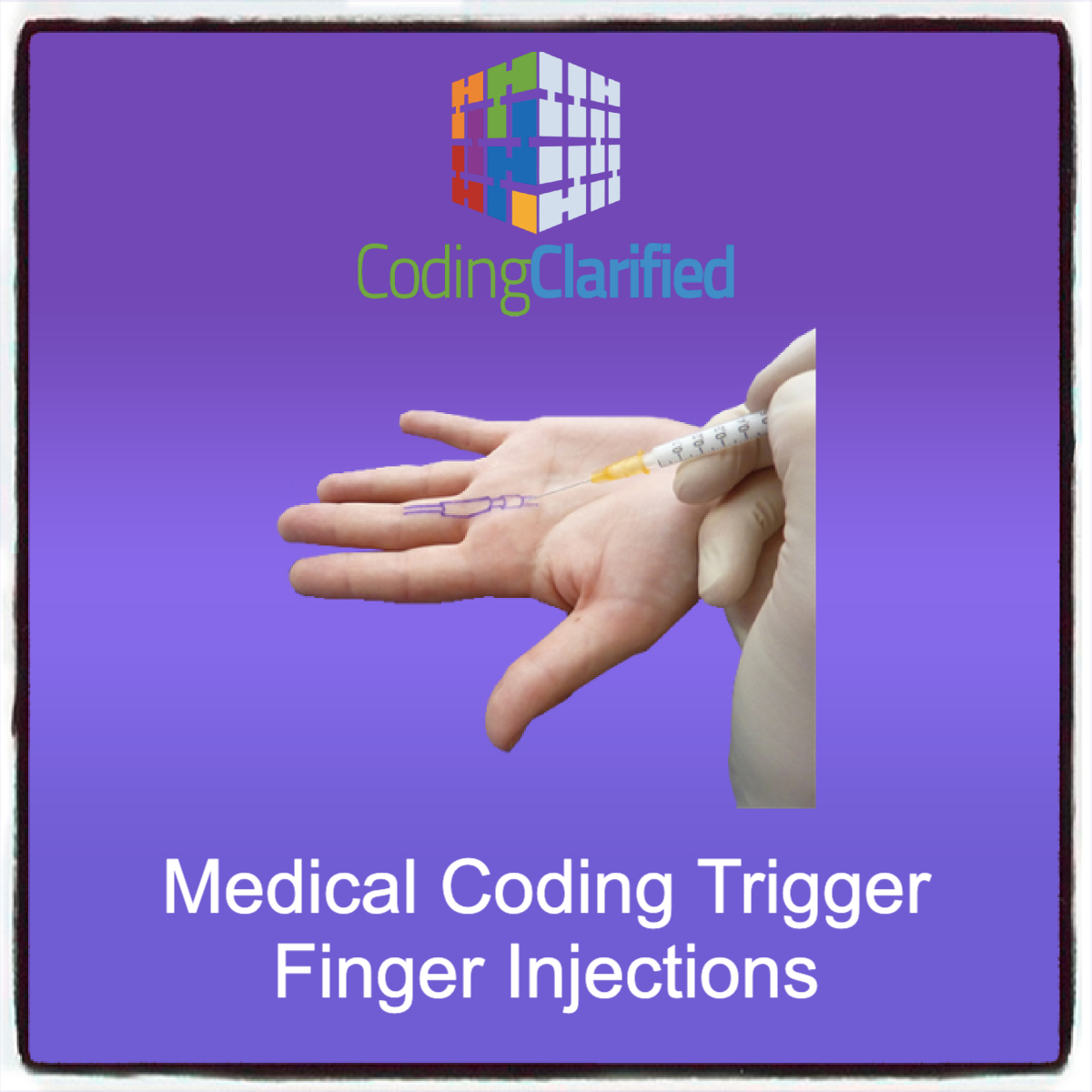Billing and Medical Coding for Trigger Point Injections: Guidelines & Tips
Trigger point injections (TPI) are a common procedure used to treat muscle pain caused by trigger points—tight, tender spots in muscles that can refer pain to other areas. These injections typically involve the administration of anesthetics, corticosteroids, or other agents directly into the trigger point to alleviate pain and discomfort. As with any medical service, accurate billing and medical coding for trigger point injections are critical for proper reimbursement and compliance with healthcare regulations.
Here’s a comprehensive guide to coding and billing for trigger point injections:
Understanding Trigger Point Injections (TPI)
Trigger points can form when muscles become overworked, injured, or under stress. TPI is a minimally invasive procedure used to treat conditions like myofascial pain syndrome (MPS), fibromyalgia, and other musculoskeletal pain disorders.
ICD-10 Diagnosis Codes for Trigger Points
The ICD-10-CM (International Classification of Diseases, Tenth Revision, Clinical Modification) system is used to report the diagnosis for trigger point injections. The following codes are often associated with trigger point treatment:
- M79.1 – Myalgia (muscle pain)
- M79.7 – Fibromyalgia
- M54.2 – Cervicalgia (neck pain)
- M54.5 – Low back pain
- M79.0 – Rheumatism, unspecified (when a specific diagnosis of trigger points is not made)
Other relevant codes might include conditions related to muscle or soft tissue pain, so selecting the correct code depends on the patient’s symptoms and physician documentation.
CPT Codes for Trigger Point Injections
The Current Procedural Terminology (CPT) code set is used to report medical, surgical, and diagnostic procedures. There are specific codes for trigger point injections:
- 20552 – Injection(s); single or multiple trigger point(s), one or two muscles
- 20553 – Injection(s); single or multiple trigger point(s), three or more muscles
If multiple muscles are treated, the appropriate code is 20553. It’s important to note that additional codes may be needed if other procedures or services are performed alongside the TPI.
Modifiers
When submitting a claim, modifiers might be necessary to accurately represent the services provided. The most common modifiers used for TPI procedures include:
- Modifier 50: Bilateral procedures (if trigger point injections are done on both sides of the body).
- Modifier 59: Distinct procedural service (if performed in a unique setting or as a separate procedure).
- Modifier 22: Increased procedural services (if the procedure required more time or effort than typical).
Proper use of these modifiers ensures that the procedure is billed accurately and the additional work or complexity is acknowledged.
CPT Medical Modifiers https://codingclarified.com/cpt-medical-modifiers/
Injection Agents and Codes
The specific agent used for the injection can also be coded separately, depending on what’s administered. The common substances include:
- Corticosteroids: For inflammation reduction.
- Local anesthetics: To provide immediate relief and numb the area.
- Botulinum toxin (Botox): Sometimes used for chronic trigger point pain.
For example, the use of J1030 (Injection, dexamethasone sodium phosphate, 1 mg) or J0585 (Botulinum toxin type A) may need to be billed separately in addition to the TPI procedure code.
Billing for Multiple Trigger Points
It’s important to note that when treating multiple trigger points in different muscle groups, the coding might require multiple units of the same CPT code. For example, if a physician performs injections in multiple muscle groups, you might need to add units to reflect the additional work performed.
Documentation Requirements
Accurate documentation is key for successful billing. The physician’s notes should include:
- The number of trigger points treated
- The muscles involved
- The technique used for the injection
- The specific medications or agents used
- Whether the procedure was bilateral (for modifier 50)
Without sufficient documentation, the payer may deny reimbursement or request additional information. Ensuring that all components are clearly outlined in the medical records will help ensure accurate coding and quicker claim approval.
Coding for Follow-up Visits
Follow-up visits for trigger point injections are often necessary to assess the patient’s response to treatment. These visits are typically coded using evaluation and management (E/M) codes, such as:
- 99211–99215: Established patient office visits
- 99201–99205: New patient office visits
Ensure that the coding for follow-up visits is based on the complexity of the visit and any additional interventions or treatments provided.
Billing Considerations
When billing for TPI, always consider the payer’s requirements, as some may have specific rules regarding the frequency of TPI or the number of muscles that can be treated during a single session.
Tips for Accurate Billing
- Verify the diagnosis: Make sure the diagnosis matches the procedure. For example, myofascial pain syndrome may require different coding than fibromyalgia or general muscle pain.
- Use the correct CPT code: Don’t combine codes for different procedures unless clearly stated. Separate injections for multiple muscles require the correct coding.
- Document thoroughly: Detailed documentation of the number of trigger points and muscles involved will help ensure proper coding.
- Check for payer guidelines: Insurance companies may have specific guidelines for how often TPI can be billed, and how many muscles can be treated in one session.
- Code for follow-up visits: Ensure follow-up visits are properly documented with the appropriate E/M codes to ensure reimbursement for additional care.
Trigger point injections are a valuable treatment option for patients suffering from musculoskeletal pain. However, to ensure accurate reimbursement and compliance with insurance requirements, healthcare providers must follow the correct medical coding and billing procedures. By using the appropriate ICD-10 codes, CPT codes, and modifiers, along with thorough documentation, providers can avoid costly errors and ensure they are paid for the services rendered.
For more complex cases or when in doubt, it’s always a good practice to consult a coding specialist or check the latest guidelines from the payer.
CMS Billing and Coding: Injection of Trigger Points https://www.cms.gov/medicare-coverage-database/view/article.aspx?articleId=57114&ver=13

